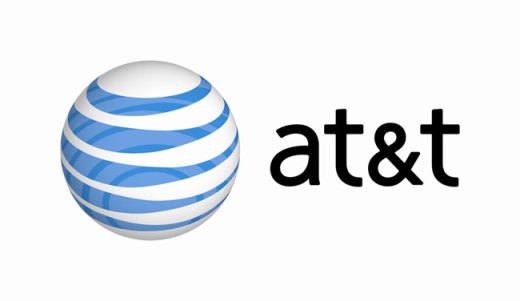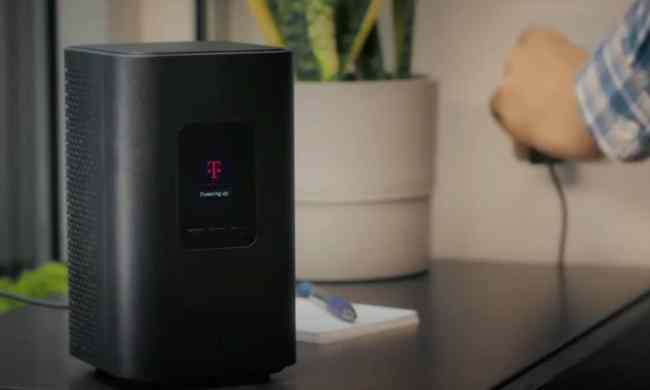 Everybody knows that using cellphones indoors can be a mixed bag: you might get lots of signal strength outside (standing in the rain) but once you step inside (where it might be, say, warm and dry) calls might drop, data services might crumble, and messages might not get through. To combat poor in-home and in-building reception, mobile operators have been introducing femtocells: small extensions of the cell phone network that improve reception in a small area (like a home) so users can feel comfortable ditching their landlines and relying on mobile devices for…well, everything. Sprint, Verizon, and T-Mobile all have offerings on the table; now, AT&T looks to be joining the fray—with the crucial different being that its 3G Microcell will support multiple cell phones and support 3G data services.
Everybody knows that using cellphones indoors can be a mixed bag: you might get lots of signal strength outside (standing in the rain) but once you step inside (where it might be, say, warm and dry) calls might drop, data services might crumble, and messages might not get through. To combat poor in-home and in-building reception, mobile operators have been introducing femtocells: small extensions of the cell phone network that improve reception in a small area (like a home) so users can feel comfortable ditching their landlines and relying on mobile devices for…well, everything. Sprint, Verizon, and T-Mobile all have offerings on the table; now, AT&T looks to be joining the fray—with the crucial different being that its 3G Microcell will support multiple cell phones and support 3G data services.
Like other femtocell devices, the AT&T 3G Microcell covers an area of about 5,000 square feet, and connects back to AT&T’s network through an existing broadband Internet connection. The system will support up to four simultaneous phone users, complete with 3G data services. The device can be secured so it only works for authorized users (no worries about someone leaning against your outside wall and tapping into your cell service, and users will be able to transfer seamlessly between the Microcell and AT&T’s primary network without interruption: so walking inside (or outside) while on a call won’t cause a drop.
The 3G data service offered by the femtocell may not be very appealing to AT&T customers considering the device: after all, if they already have home broadband they probably have in-home Wi-Fi and a Wi-Fi capable mobile device, so their data needs are already met. The major improvement would come with improved voice service and quality, and AT&T would benefit from offloading a potentially large amount of voice calling—lots of people spend their quality phone time at home—to broadband operators, rather than carrying it on its mobile network.
AT&T is currently offering the 3G Microcell in a public trail in Charlotte, North Carolina, but there’s no word yet on when AT&T plans to market the femtocell in other areas.


